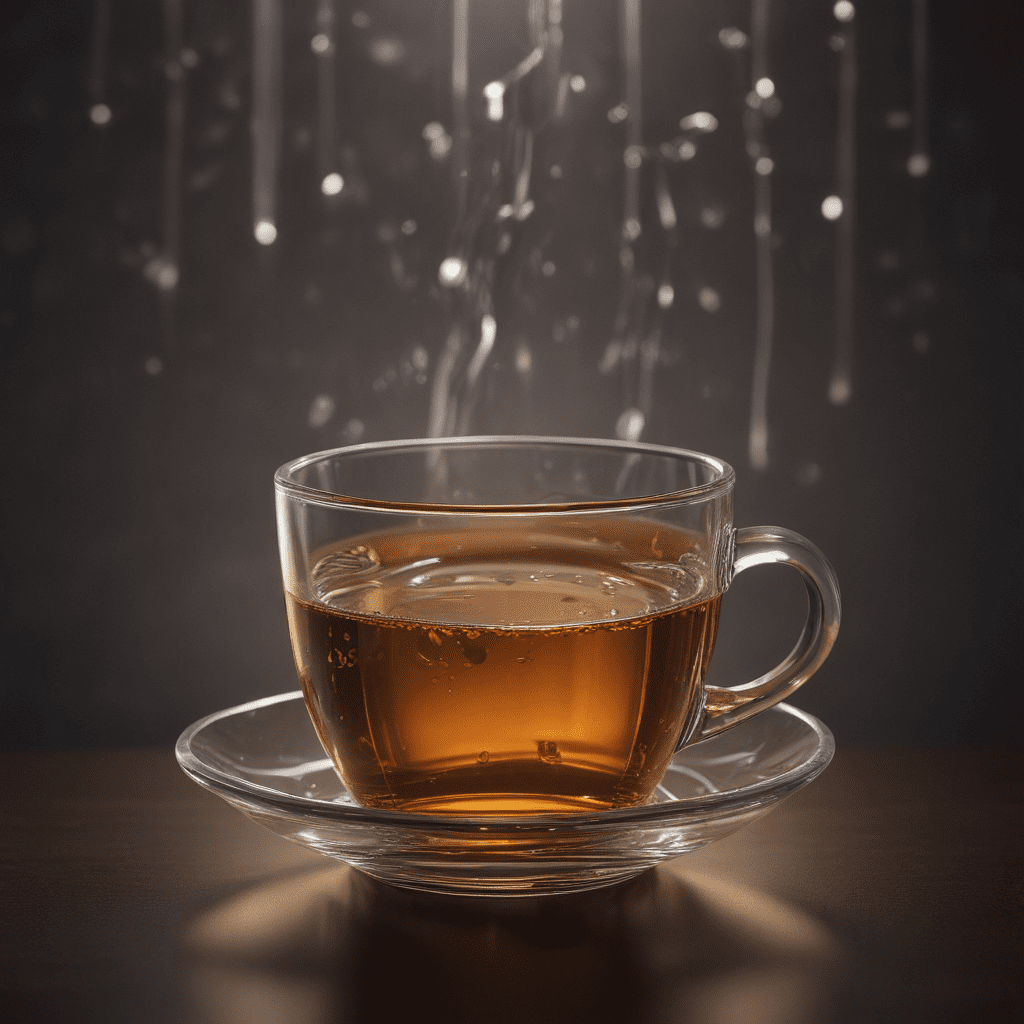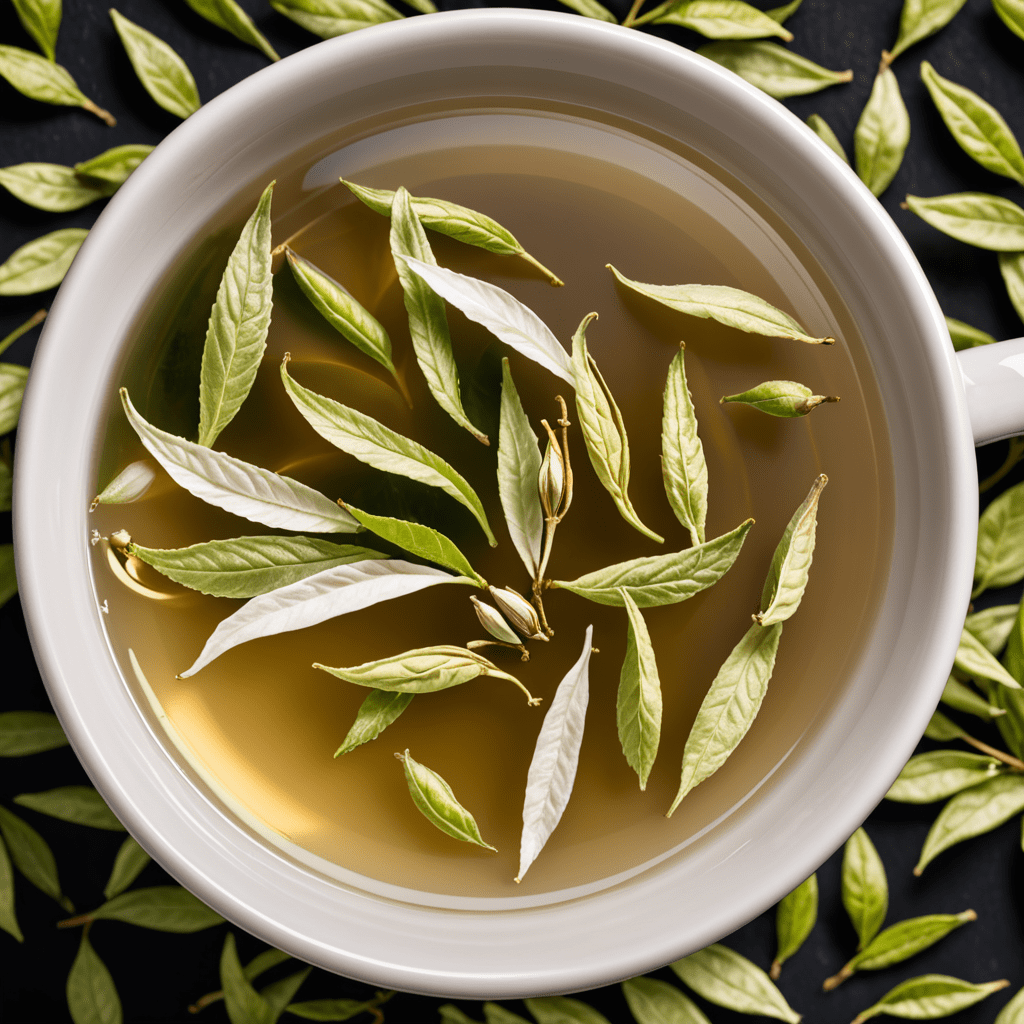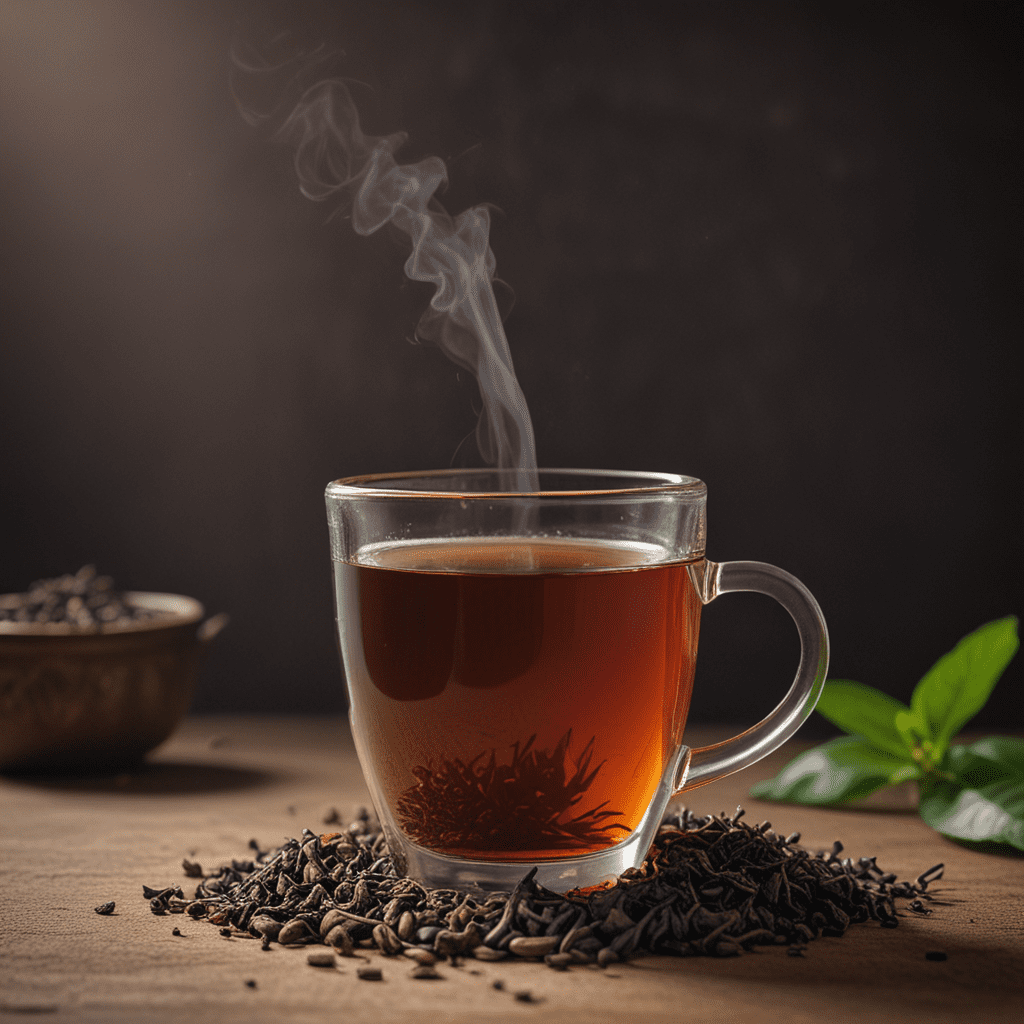
Indian Tea Traditions: Stories Behind the Steep
1. A History Steeped in Tradition: Exploring the Roots of Indian Tea Culture
In the tapestry of Indian culture, tea weaves a vibrant thread, steeped in tradition and infused with stories that echo through the centuries. The origins of tea consumption in India stretch back to antiquity, with legends whispering of a 2700 BC emperor who stumbled upon tea's invigorating properties. Religious ceremonies and rituals embraced tea as a sacred offering, its aromatic essence rising like prayers to the heavens.
With the arrival of colonial rule, a new chapter unfolded in the Indian tea saga. Vast plantations sprouted across the land, transforming the landscape into a verdant sea of tea bushes. Tea evolved from a cherished beverage to a valuable commodity, shaping the nation's economic and social fabric.
Today, India stands as one of the world's leading tea producers, its diverse regions each boasting unique flavors and traditions. From the delicate muscatel notes of Darjeeling to the robust malty character of Assam, Indian teas offer a symphony of flavors, each cup a testament to the country's rich tea heritage.
2. From Darjeeling to Assam: A Journey through India's Diverse Tea Growing Regions
India's tea tapestry is woven from a kaleidoscope of flavors, each region boasting distinct characteristics and unique growing conditions. Let's embark on a journey through some of the most renowned tea gardens of India:
Darjeeling: Nestled amidst the majestic Himalayas, Darjeeling's tea gardens produce delicate, fragrant teas with a hint of muscatel. The high altitude, cool climate, and misty mornings create a perfect environment for these prized teas, known for their exquisite aroma and light, refreshing taste.
Assam: In the lush plains of Assam, where the Brahmaputra River flows gently, robust, full-bodied teas flourish. Assam's warm, humid climate and rich soil enable tea bushes to grow rapidly, producing a strong, malty brew with a deep amber color. This region is renowned for its breakfast teas, perfect for an invigorating start to any day.
Nilgiris: The Nilgiri Hills, also known as the Blue Mountains, offer a haven for a diverse range of teas. Here, amidst rolling hills and breathtaking landscapes, you'll find everything from delicate black teas to aromatic oolongs. The cooler temperatures and unique soil conditions contribute to the Nilgiris' distinct flavor profile, characterized by floral notes and a smooth finish.
- Munnar: Located in the Western Ghats, Munnar's tea gardens paint a picturesque canvas against the backdrop of rolling hills and lush forests. This region produces a variety of black teas known for their bright, vibrant color and refreshing taste. Munnar's teas are often enjoyed for their invigorating aroma and ability to uplift the senses.
Each region's tea embodies the unique essence of its terroir, a testament to India's diverse and vibrant tea heritage.
3. More Than Just a Beverage: Unveiling the Rituals of Indian Tea Culture
In India, tea transcends being a mere beverage; it is an integral part of the cultural fabric, woven into the rhythm of daily life and social interactions.
"Chai Time": This beloved ritual brings people together, a pause in the day to connect and share stories over a steaming cup of chai. Whether it's with family, friends, or colleagues, "chai time" fosters a sense of community and belonging.
Preparing Chai: The art of brewing chai is a cherished tradition, passed down from generation to generation. Spices like ginger, cardamom, black pepper, and cloves infuse the tea with warmth and complexity, each adding its own nuance to the aromatic blend. The rich, milky brew is often sweetened with sugar or jaggery, creating a comforting and flavorful experience.
Regional Variations: From the masala chai of Mumbai to the noon chai of Kerala, every region boasts its distinctive way of enjoying tea. The variations in spices, milk, sweetness, and brewing methods reflect the diverse culinary traditions and preferences of India.

